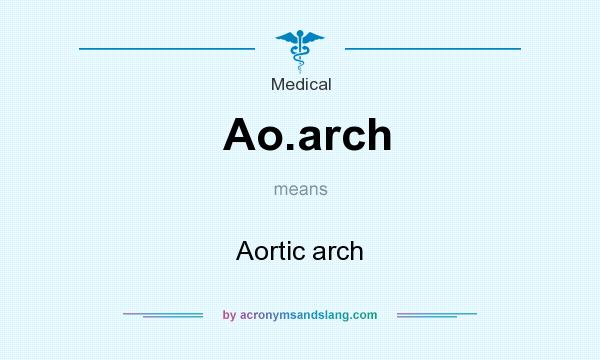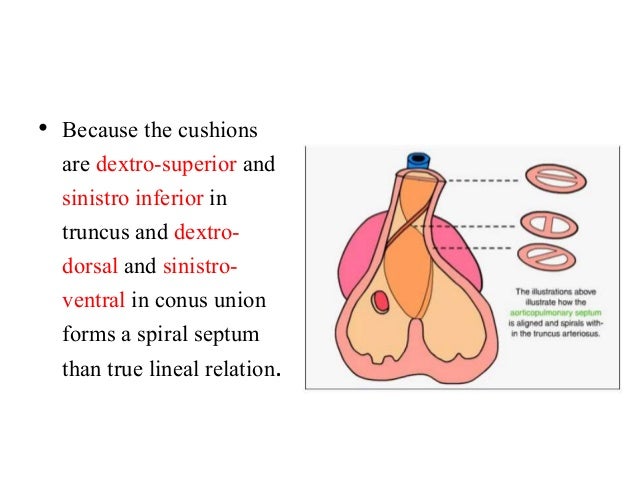
Additionally, the the tear in the tunica intima may extend into the aortic valve, causing aortic regurgitation. While chest x-rays may show mediastinal widening, this diagnostic test has a low sensitivity for aortic dissection. Many serious complications result from an aortic dissection, including rupture of the aorta. This is diagnosed with computed tomography angiography. Aortic dissection is classically described as severe, tearing chest pain that radiates to the back. Stanford type A dissection involves the ascending aorta and the aortic arch. Aortic dissection is commonly grouped into Stanford type A and type B depending on its location along the aorta. This separation allows blood to flow into the tunica media layer. It is defined as the separation of the innermost layer, the tunica intima, from the other 2 layers of the aorta. Īortic dissection is a serious complication that can affect the aortic arch. Aortopexy is a procedure when the innominate artery or the aortic arch is fixed to the posterior sternum. In some infants, the origin of the innominate artery may be abnormal and lead to compression of the trachea.

This test is followed by an echo or a CT angiogram to assess the aortic arch and presence of other congenital problems. Many infants may be asymptomatic, but a few may present with feeding difficulties.The diagnosis of a double aortic arch is made with a barium swallow, and a posterior indentation of the esophagus may be seen. The key reason why double aortic arch is of clinical interest is that it is associated with esophageal atresia or a congenital laryngeal web. A posterior indentation on a barium swallow in an infant may be suggestive of a double aortic arch. In some cases, the aortic arch forms a mirror image and is known as a double aortic arch. It does not represent an aneurysm even when it is calcified. On a plain chest x-ray, the aortic knob is often seen as a prominent shadow. In even rare cases, the brachiocephalic artery may give rise to all 3 branches. In other individuals, the left common carotid and the brachiocephalic artery may have a common origin. Rarely, the left common carotid artery may originate from the right-sided brachiocephalic artery rather than the aortic arch. Variations in the aortic arch and its branches are not rare. Changes in either gas level will result in a signal being sent to the dorsal respiratory group in the brainstem via the vagus nerve, which will regulate breathing accordingly. The aortic arch also has peripheral chemoreceptors known as aortic bodies that monitor blood composition, specifically the partial pressure of carbon monoxide and oxygen. This is one of the major mechanisms that helps prevent quick, drastic changes in blood pressure. These receptors respond to stretching of the aortic wall and send a signal to the nucleus of the solitary tract in the brainstem via the vagus nerve, which can subsequently inhibit or disinhibit the sympathetic nervous system or activate the parasympathetic nervous system. The aortic arch also plays a role in blood pressure homeostasis via baroreceptors found within the walls of the aortic arch.

In the present state of knowledge, the only possible advice is antiplatelet treatment and case-by-case consideration of anti-coagulant treatment, in particular in the presence of a mobile thrombus of the aortic arch.The aortic arch is the segment of the aorta that helps distribute blood to the head and upper extremities via the brachiocephalic trunk, the left common carotid, and the left subclavian artery. The natural history of this type of lesion must be studied before any management attitude can be defined.

Recent studies have also shown that plaques of the aortic arch are commoner in cases of cerebral infarction of unknown origin than when another potential cause is detected. Certain arguments suggest that the aortic arch may be a source of cerebral emboli: the high incidence of aortic mural thrombi and atheroma emboli during aortography or coronary arteriography, or cardiac surgery with extracorporeal circulation requiring cannulation of the aorta. However, a causal relationship has never been demonstrated and it is possible that they may merely be a marker of atherosclerotic disease. Since the advent of transesophageal echocardiography, it has become possible to detect atherosclerotic plaques of the aortic arch. A mural thrombus can thus be the source of systemic or cerebral emboli. The normal healing process results in the regular formation of thrombi on these ulcerations. Atherosclerosis of the aortic arch is common in individuals aged over 60.


 0 kommentar(er)
0 kommentar(er)
